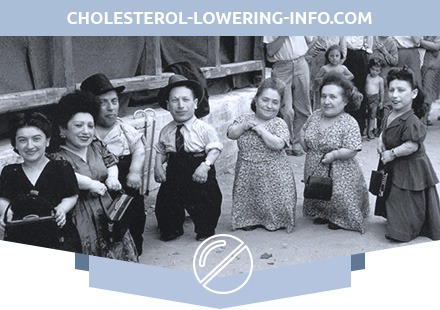What is Dwarfism (Stunting)?
Dwarfism (short stature, pituitary dwarfism) is a disease characterized by stunted growth and physical development. Dwarf consider growth of an adult man below 130 cm, adult women – below 120 cm.
Causes of Dwarfism (Stunting)
Genetic factors, tumor factors (craniopharyngiomas, meningiomas, chromophobic adenomas), traumatic, toxic and infectious injuries of the interstitial-pituitary region are important.
Pathogenesis during Dwarfism (Stunting)
Decrease or loss of somatotropic function of the pituitary gland, biological inactivity of growth hormone or impaired sensitivity of peripheral tissues to it.
Symptoms of Dwarfism (Stunting)
Growth retardation is detected in the first months of a child’s life, less often during puberty (not only growth and body weight are taken into account, but also the dynamics of these indicators). The body retains the proportions characteristic of childhood. There is a lag in the differentiation and synostosis of the skeleton from age, and a delay in tooth change. The skin is dry, pale, wrinkled; poor development of subcutaneous fat, sometimes excessive deposition of fat on the chest, abdomen, hips. The muscle system is poorly developed.
The loss of the pituitary gonadotropic function is manifested by signs of insufficiency of sexual development. In male patients, the gonads and penis are reduced compared with age norms, the scrotum is underdeveloped, and there are no secondary sexual characteristics. Most female patients also exhibit hypogonadism phenomena: menstruation is absent, mammary glands are underdeveloped, and secondary sexual characteristics. Mental development is normal with some juvenile traits. During a neurological examination, signs of an organic lesion of the nervous system can be detected. Characteristic is a decrease in the size of internal organs (splanchnomycrya), hypotension, and bradycardia are frequent. The phenomena of secondary hypothyroidism and secondary hypocorticism are possible.
Diagnosis of Dwarfism (Stunting)
The Turkish saddle, as a rule, is reduced, often there is a calcification of its diaphragm; in the presence of a pituitary tumor, an increase in the Turkish saddle, destruction of its walls are detected. When x-ray examination of the hands and wrist joints, a delay in the differentiation and ossification of the skeleton is noted. The basal concentration of growth hormone in blood serum is reduced or within normal limits, the administration of insulin (insulin test) or arginine is not accompanied by an increase in the secretion of growth hormone, in some cases there may be a short-term and slight increase in its secretion.
Treatment of Dwarfism (Stunting)
In order to stimulate growth, intermittent courses of anabolic steroid therapy are used (methylandrostenediol – 1-1.5 mg / kg per day under the tongue, methandrostenolone – 0.1-0.15 mg / kg per day, phenobolin-1 mg / kg per month, the monthly dose is administered in 2-3 doses, retabolil – 1 mg / kg per month). Human growth hormone (with a low level of endogenous growth hormone) 4 units intramuscularly 3 times a week in courses of 2 months with breaks of 2 months. Patients with clinical manifestations of hypothyroidism are prescribed thyroidin, thyroid, thyrocomb, thyroxine. To stimulate sexual development after the closure of growth zones, sex hormones are prescribed: for women, estrogens and yellow body preparations (synestrol, microfollin, estradioladipropionate, pregnin, progesterone, infundundin), chorionic gonadotropy; for men – chorionic gonadotropin and testosterone preparations (testosterone propionate, testenate, Sustanon-250, omnadren), with hypofunction of the adrenal cortex – prednisone, cortisone, deoxycorticosterone acetate.
If the central nervous system is impaired, glutamic acid, cerebrolysin, and aminalon are prescribed. In some cases, dehydration (furosemide, veroshpiron, hypothiazide), absorbable (bioquinol, aloe) therapy is performed. A diet with an increased content of protein, vitamins.

